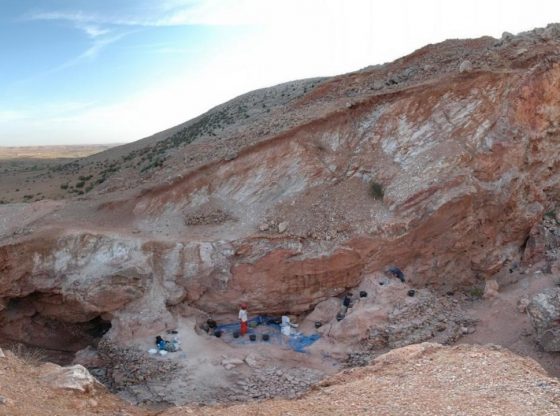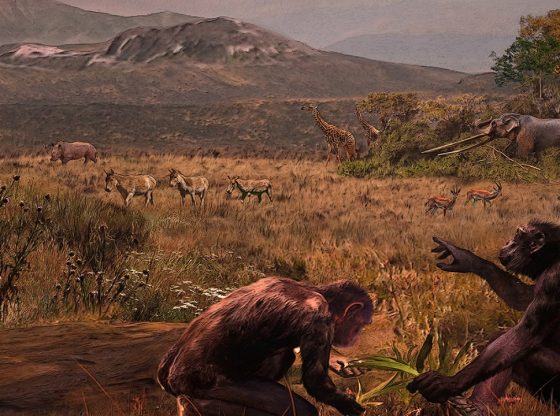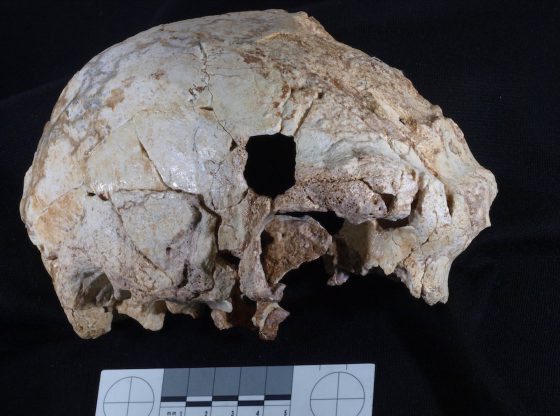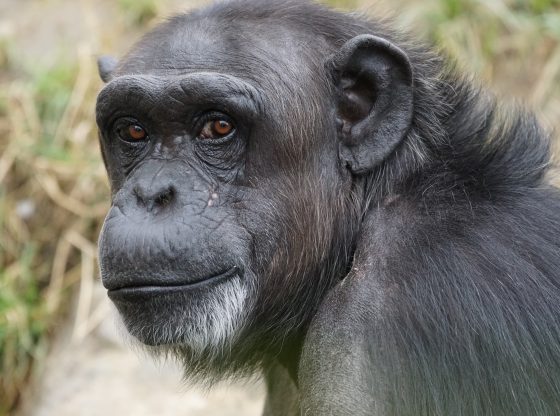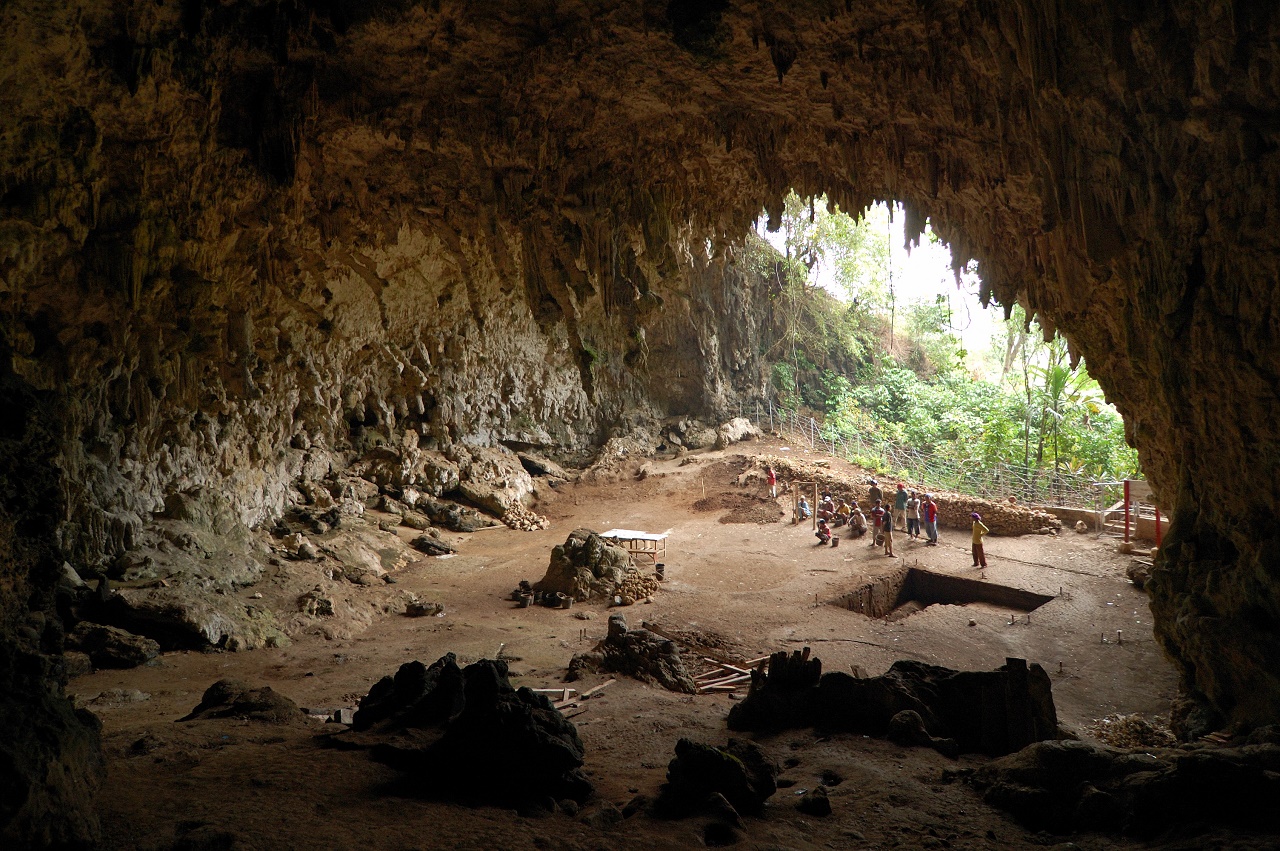
Homo Floresiensis also known as ‘The Hobbit’ is now 80,000 years older.
The species was discovered in 2003 at Liang Bua on the island of Flores in Indonesia. The human species was nicknamed ‘The Hobbit’ as it was very small in stature.
Previously it was thought that the species existed until very recently, 12,000 years ago. Which would mean that the species lived at the same time as modern humans?
That estimate was based on analyses of skeleton findings. But after digging out a large area on the island, archaeologists now believe that the bones are between 60,000 and 100,000 years old.
They have noticed that a leg is situated under a layer of rocks that are much older, which simply implies that the legs must be older than the rocks to have been able to end up on the bottom.
But the question of Homo Floresiensis was still in existence when Homo Sapiens arrived in the area is still unclear, according to archaeologists. Since they seem to dispensary around the time that modern humans arrived in the area, an easy conclusion to make would be that Homo Sapiens made them go extinct.
“The new understanding of the dates make a lot more coherent sense in terms of the evidence of what we know about modern human dispersal,” says Matthew Tocheri, an author of the study from Lakehead University, Ontario. Over the past 100,000 years, extinction events followed modern humans wherever they went, he said. “It is not always the case the humans are the sole factor,” he added. “But they are often in the right place at the right time to at least be a part of the reason.”
But whether or not we humans were the guilty culprits of the hobbits’ disappearance, this relative to us is a reminder of our place in the world. Tocheri said, “Even if they went extinct on their own they are an important reminder of how much diversity, morphologically, behaviorally and genetically, our human family has lost in the past several hundred thousand years,” he said. “We are the only ones remaining.”
The findings have been published the Nature. Hit this link to view a video of the findings.
_____________
Revised stratigraphy and Chronology for Homo floresiensis at Liang Bua in Indonesia
__________________________





